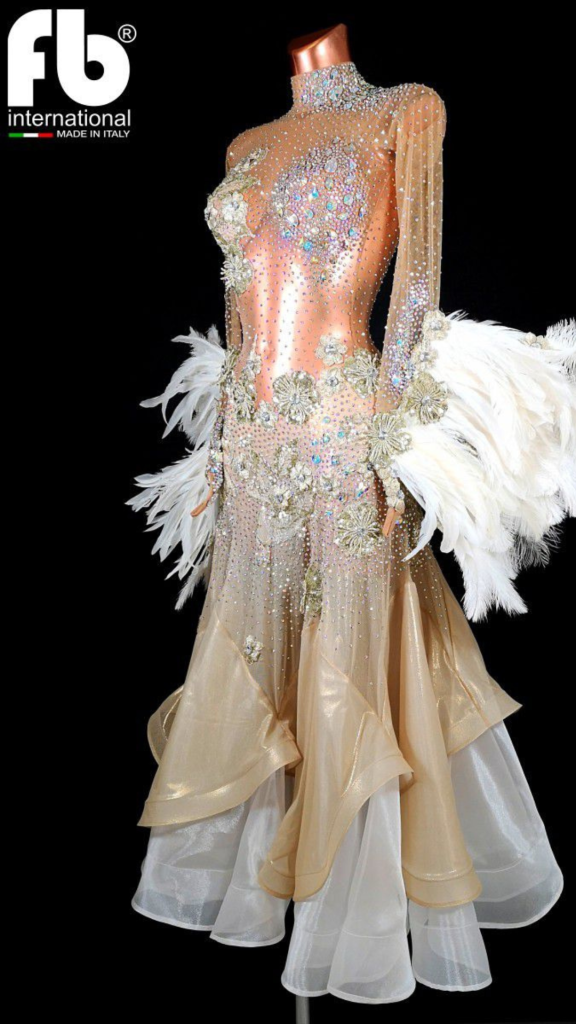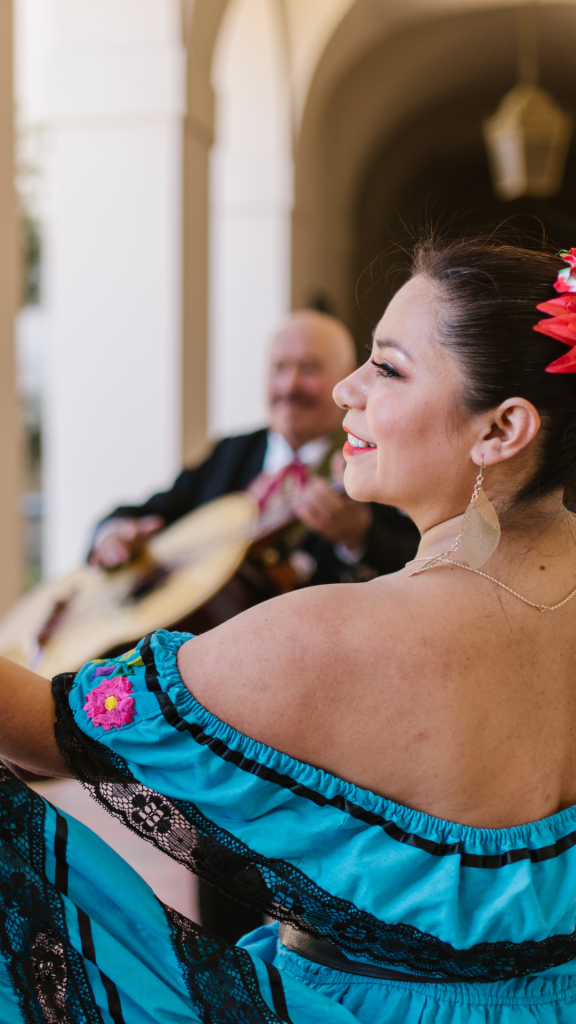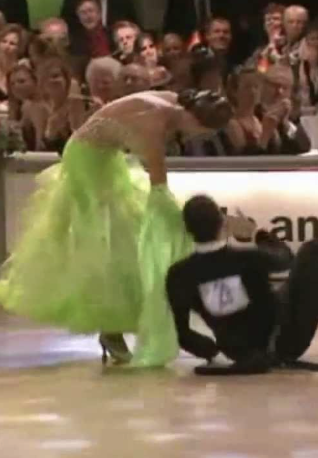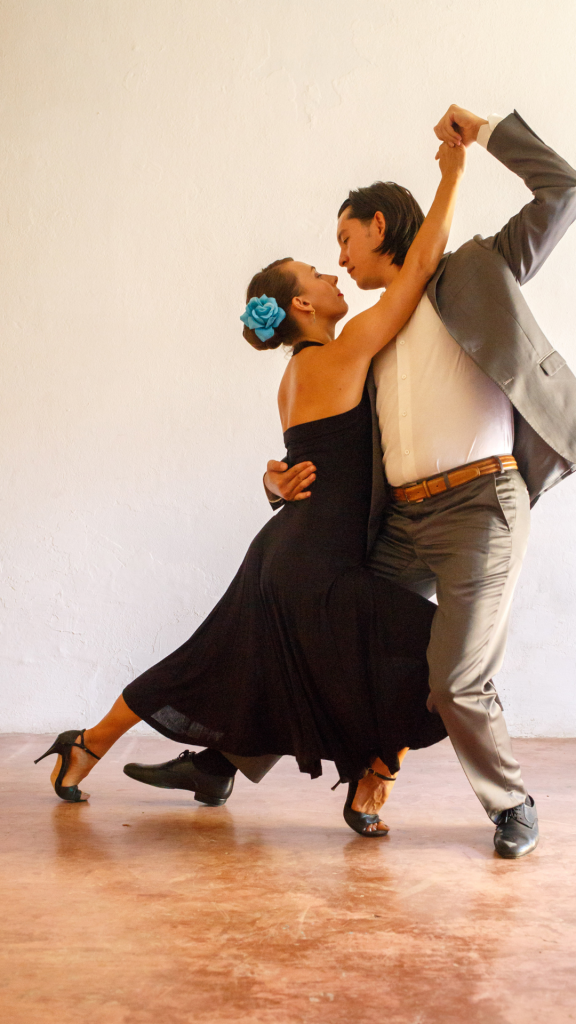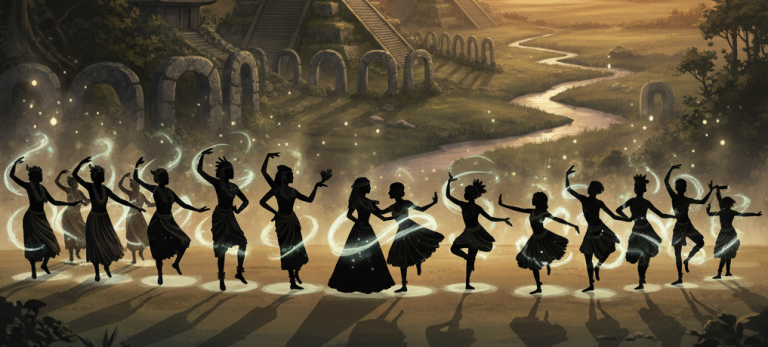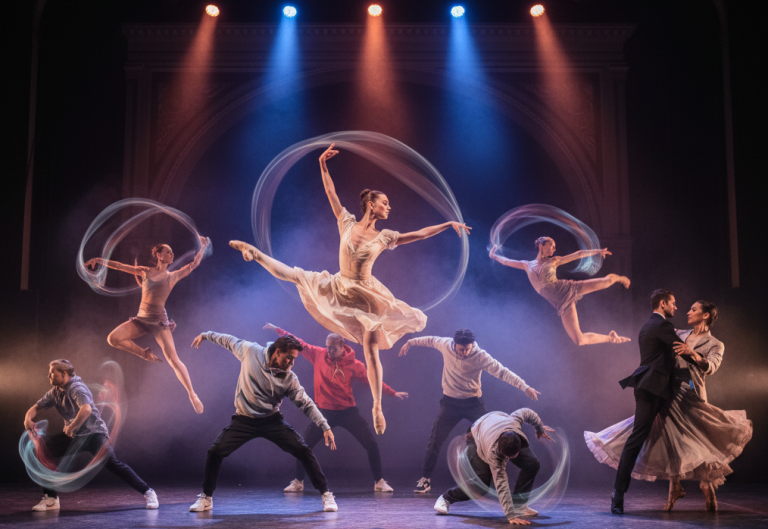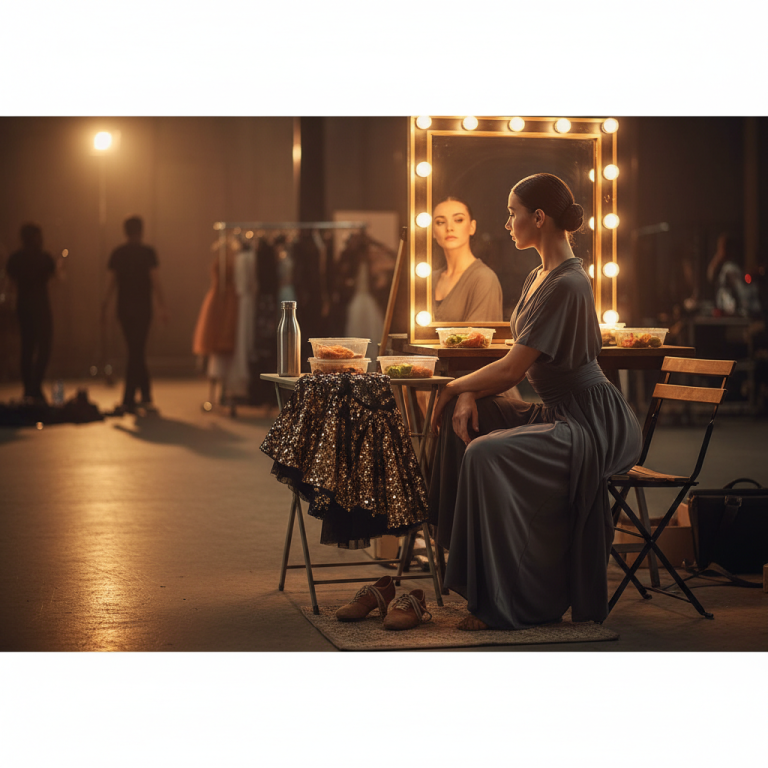The Untold Truths of Dancesport
On a Saturday night in Blackpool, the air inside the Winter Gardens is electric. The chandeliers glint off crystal-studded gowns. The crowd falls silent as the announcer calls the next heat. Couples stride onto the floor with the composure of Olympians, backs erect, smiles plastered, sequins catching every flicker of light. Music strikes, and the room erupts with motion—feet slicing the floor, skirts swirling like storms, arms carving shapes in the air.
To the untrained eye, it is pure beauty. But look closer, and you’ll notice the strain in a smile, the tension in a shoulder, the desperate urgency in every glance toward the judges’ table. Behind the glitter lies an industry where politics and perfection collide. And for many, the cost of surviving in this world is more than physical—it’s emotional, financial, and deeply personal.
This is dancesport: a discipline that has fought for recognition as a sport, packaged itself as art, and demanded sacrifices most outsiders will never see. For decades, insiders have whispered about its contradictions, its unspoken rules, its silent struggles. And while the public sees sparkle, what they rarely glimpse are the shadows.
A Sport Born From the Ballroom
Dancesport didn’t begin as a sport. Ballroom dancing in the early 20th century was a social pastime, a way for men and women to connect, move, and court. Competitions grew slowly out of this culture, codifying steps and creating standards. By the late 20th century, “ballroom competitions” had transformed into a global circuit.
In 1997, the International Olympic Committee recognized dancesport, though it has never made the official program. Its governing bodies—like the World DanceSport Federation—have worked tirelessly to frame it as athletic and competitive, closer to figure skating than to social dance.
That transformation brought prestige, but also tension. Authentic social dances were adapted into theatrical, competitive forms. Costume budgets skyrocketed. Coaching industries exploded. Judging became both technical and subjective.
The result: a sport where beauty, politics, and economics entwine in ways that outsiders rarely understand.
1. The Best Technique Doesn’t Always Win
In theory, dancesport is about precision. Couples are judged on timing, posture, rhythm, coordination, technique. But in practice, winning often comes down to something far harder to measure: presence.
“Judges aren’t robots,” one retired Latin competitor told me. “They’re drawn to confidence. You can dance perfectly and still lose to someone who’s got fire in their eyes.”
That “fire” has a name in the circuit: projection. The ability to command attention, to make the floor feel like a stage, to transform four measures of cha-cha into a story.
It means a couple with slightly weaker technique but dazzling charisma can climb the rankings. Some see it as unfair; others argue it’s the essence of the sport. After all, what is dance if not performance?
2. Costumes Aren’t Just Decoration
The sparkle is unforgettable. Latin dresses dripping with Swarovski crystals, ballroom gowns that sweep like ocean waves, men in fitted shirts that shimmer under stage lights.
But these costumes aren’t just aesthetic—they’re strategic. A judge scanning a crowded floor will notice the couple whose costume catches the light. The dancer in muted fabric risks blending into the background, no matter how skilled.
This creates an arms race of fashion. A custom-made Latin dress can cost between $2,000 and $5,000. Ballroom gowns can double that. And because styles change, costumes quickly become outdated.
For some, the expense becomes a silent barrier. “We remortgaged our house twice,” one former competitor admitted, “not for coaching or travel—but for costumes. Without them, we couldn’t stand out.”
3. Authenticity vs. Theatricality
Ask a Cuban about the rumba, and they’ll describe a sensual, subtle social dance rooted in intimacy. Watch a competitive rumba, and you’ll see exaggerated poses, extended lines, and theatrical emotion.
The same goes for samba, cha-cha, paso doble. Over decades, these dances have been reshaped for competition. Movements are sharper, timing stricter, expressions bigger. What was once organic rhythm has become choreographed spectacle.
For purists, it’s a loss of authenticity. For competitors, it’s adaptation. As one coach explained: “Social dances live in communities. Competitive dances live under spotlights. They had to evolve.”
Still, the tension lingers: are we celebrating Latin culture—or reinventing it for sport?
4. Partnerships End in Drama, Not Just Injury
From the outside, the biggest threat to a partnership looks like injury. After all, this is a grueling sport, demanding hours of practice daily. Sprains, stress fractures, back strain—they’re all common.
But talk to competitors, and a different story emerges. “Ninety percent of breakups aren’t physical,” one coach said. “They’re emotional.”
Partnerships end because of mismatched goals, egos, or financial disagreements. Some dissolve when romantic entanglements sour. Others crumble under the weight of travel, exhaustion, or jealousy.
The truth is, managing a partner is often harder than managing choreography. And unlike a marriage, there are no vows, no contracts that guarantee longevity.
5. Floorcraft as Warfare
Floorcraft—the art of navigating a crowded competition floor without collisions—is often praised as a technical skill. But among competitors, it’s also survival.
Couples sometimes use it strategically, even aggressively. Cutting in front of rivals, blocking lines of sight, holding space near judges. “We called it unspoken sabotage,” a veteran dancer laughed. “Everyone did it, nobody admitted it.”
To the untrained eye, it looks like chaos. To insiders, it’s a calculated game. And mastering it can mean the difference between being seen—or erased.
6. Judged in 30 Seconds
In finals, couples may have a minute or two to perform. But insiders know that judges often form impressions in the first 30 seconds.
“You can tell right away who owns the floor,” one judge confessed. “The rest is just confirming what you already felt.”
That means the opening moments of a routine are critical. A shaky start can haunt an entire performance. A bold one can lock in scores before the routine has even peaked.
Months of rehearsal, thousands of dollars of investment—hinging on half a minute of projection.
7. Pain Behind the Glitter
Smiles on stage mask a harsher truth: most competitors are hurting.
Blisters, sprains, chronic back pain. Dancers tape their feet, ice their knees, numb themselves with painkillers. They perform through injuries because missing a competition could mean losing rankings, partners, or credibility.
One competitor recalled dancing a samba final with a fractured rib: “I smiled the whole way. When the music stopped, I collapsed.”
The irony is striking: the more dazzling the costume, the more invisible the suffering behind it.
8. Talent Isn’t Enough
Passion and talent are non-negotiable. But in dancesport, they’re not sufficient.
This is an expensive pursuit. Private lessons with elite coaches can run $200 an hour. International travel for competitions can cost tens of thousands annually. Add costumes, makeup, entry fees, and lodging, and the price climbs even higher.
For some, financial backing becomes the invisible line between success and obscurity. Talent opens doors, but money often decides who can walk through them.
“It’s heartbreaking,” one young dancer admitted. “I knew couples more talented than us who quit. They just couldn’t afford it anymore.”
9. Originality Is a Myth
To the audience, championship routines look fresh, dazzling, unique. But insiders know many sequences are recycled. Coaches pass down choreographies, competitors borrow lines, and movements repeat across generations.
Originality, then, isn’t about inventing new steps—it’s about performing old ones with new personality. “It’s like fashion,” one coach said. “Styles come back, but how you wear them makes the difference.”
The myth of uniqueness fades, but artistry endures.
A Sport of Beauty and Contradictions
Dancesport is intoxicating. It fuses athleticism with artistry, theater with discipline, beauty with grit. But it is also a sport of contradictions. Judges chase both precision and projection. Dancers chase both authenticity and spectacle. Competitors balance love for the art with survival in its politics.
And still, they return. Again and again, dancers sacrifice money, comfort, even health to step back onto that glittering floor. Why?
Because when the music hits and the world fades, there is a moment—brief but real—when two dancers move as one, commanding the space, captivating the crowd. For that instant, the politics and the pain vanish. What remains is pure magic.
That, perhaps, is the truest paradox of dancesport: it is brutal, it is unfair, it is expensive—but it is also unforgettable.
-
Payment Processors Compared for Dance Studio Manager (DSM)
PROCESSORS BEST FOR PRICING MODEL HARDWARE WHY IT WORKS WELL INSIDE DSM Paystri (DSM Preferred Partner) Studios wanting personalized rates, high customer support, and a strong DSM relationship. “Meet or beat” pricing for DSM users Often competitive for both low and high-volume studios Chip / swipe / tap readers (varies by region) DSM has a…
-
-
-
-
Are Dancers the Ultimate Multi-Sport Athletes?
Sport Key Skills Overlap with Dance Basketball Vertical jump, agility, coordination Jump height, lower-body strength Soccer Endurance, footwork, rhythm Aerobic capacity, movement timing MMA/Boxing Reaction time, body control Real-time adaptation, neural speed Gymnastics Balance, flexibility, choreography Shared technical elements Figure Skating Flow, control, artistry Same fusion of sport + art Track & Field Explosive power,…
-

